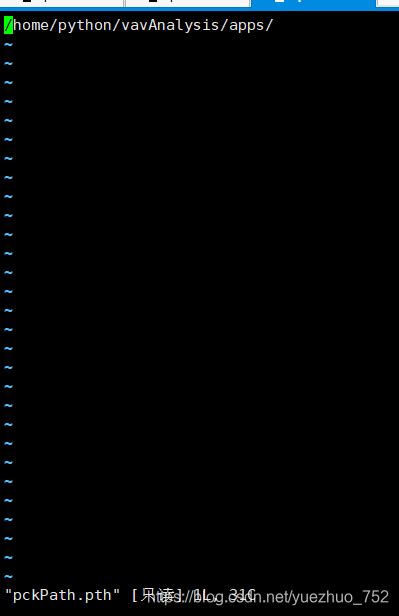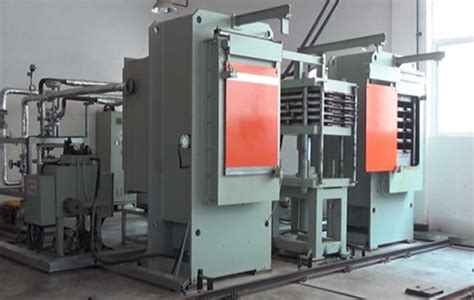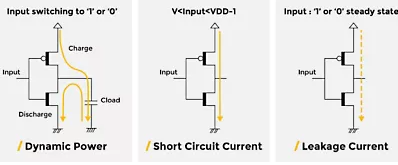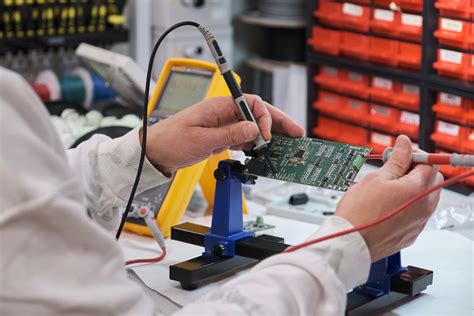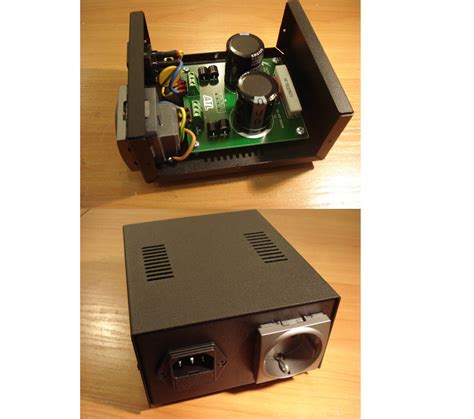Exploring the Innovations in PTH Assembly Processes
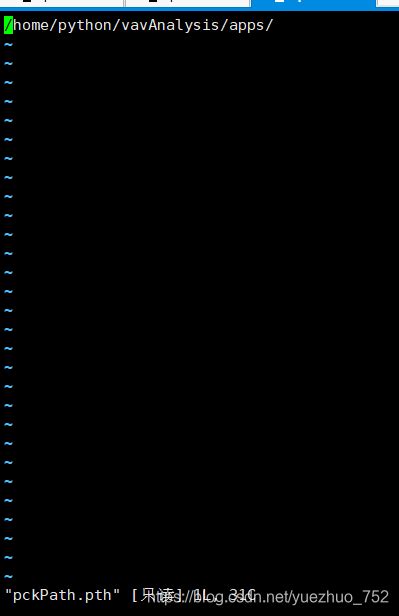
Key Takeaways
The landscape of PTH assembly has undergone significant transformations due to recent innovations and advancements in technology. One of the most notable developments is the integration of automation within PCB assembly processes, which not only enhances efficiency but also improves accuracy in PCBA productions. The use of robotics and automated systems minimizes human error and reduces production time, allowing manufacturers to meet increasing demands without compromising quality.
Furthermore, the adoption of advanced materials and techniques has enabled the creation of more complex circuit designs that were previously unfeasible. This shift marks a pivotal moment in manufacturing practices, where companies can leverage innovative PTH methods to enhance their competitive edge in the market.
"Embracing advanced technologies is not just an option; it’s a necessity for staying relevant in today’s fast-paced manufacturing environment."
The data-driven approach to optimizing PTH assembly lines has also facilitated the identification of bottlenecks and areas for improvement. By analyzing performance metrics, businesses can implement targeted strategies that lead to substantial gains in efficiency and productivity.
To summarize the procurement processes adopted in modern PTH assembly practices, consider the following table:
| Aspect | Traditional Method | Innovative Approach |
|---|---|---|
| Human Involvement | High | Reduced |
| Error Rate | Higher | Significantly Lower |
| Production Speed | Slower | Accelerated |
| Material Usage | Inefficient | Optimized |
Overall, these advancements signify a transformative period in PTH assembly, underscoring the importance of innovation and adaptability within the industry. As manufacturers continue to explore novel techniques, they pave the way for a more efficient and technologically sophisticated future.

Introduction to PTH Assembly: An Overview of the Process
PTH assembly (Plated Through Hole assembly) is a critical aspect of the pcb assembly process that has evolved significantly in recent years. This technique involves the insertion of components into the PCB and their subsequent soldering through the plated holes. The effectiveness of this process directly impacts the performance and reliability of the final products, making it a focal point for innovations within the electronics manufacturing industry. As we navigate through the complexities of modern pcba (Printed Circuit Board Assembly) practices, several key factors emerge, including rigorous quality control measures and improved soldering techniques that enhance overall efficiency.
The PTH assembly methodology is not only essential for achieving robust connections but also plays a vital role in accommodating various component types, which can range from simple through-hole resistors to more complex integrated circuits. This adaptability makes it particularly advantageous in a landscape where diverse electronic applications demand versatile manufacturing solutions. Moreover, advancements in materials and equipment are contributing to better thermal management and reduced production costs, positioning PTH assembly as a preferred choice for many manufacturers seeking to optimize their pcb assembly processes.
Incorporating innovative practices such as advanced soldering materials and automated insertion machinery has further bolstered efficiency, minimizing error rates and enhancing throughput. As technology continues to progress, staying informed about these improvements is crucial for businesses aiming to maintain competitiveness in an ever-evolving market. Understanding these elements allows stakeholders to make informed decisions that not only streamline their operations but also elevate the standard of quality within their pcba projects.
Key Innovations in PTH Assembly Techniques
The PTH assembly process has seen remarkable advancements, driven primarily by the need for increased efficiency and precision in the manufacturing of printed circuit boards (PCBs). One significant innovation includes the development of high-density interconnections that allow for more compact designs without sacrificing performance. This shift not only optimizes space usage but also contributes to lighter and more efficient devices—a crucial factor in the growing demand for portable electronics. Additionally, advancements in soldering technologies, such as laser soldering and wave soldering, have improved the reliability of connections while reducing thermal stress on sensitive components, further enhancing overall product quality. Emerging techniques like automated optical inspection (AOI) are also revolutionizing quality control, enabling manufacturers to detect faults earlier in the process, thus minimizing waste and production costs. As a result, these innovations not only streamline operations but also enhance the overall lifecycle performance of PCBA (printed circuit board assembly), setting new benchmarks for excellence in manufacturing practices.

Enhancing Efficiency in PTH Assembly: Strategies and Solutions
Efficiency in PTH assembly processes is paramount for manufacturers looking to remain competitive in an increasingly fast-paced industry. One of the primary strategies to enhance efficiency is the integration of cutting-edge automation technologies into the pcb assembly line. Automation minimizes human error and increases precision, allowing for faster production cycles and improved consistency across batches. Moreover, innovative techniques such as selective soldering and advanced pick-and-place machines streamline the assembly workflow, reducing downtime and enhancing output quality.
The use of advanced analytics also plays a crucial role in this context. By implementing data collection systems that monitor real-time performance metrics, manufacturers can identify bottlenecks and areas for improvement within their pcba processes. Employing these insights into operational practices creates a more agile manufacturing environment, where quick adjustments can be made to optimize output.
Training personnel on the latest technologies is another essential component. Ensuring that team members are well-versed in current methodologies not only boosts morale but also enhances overall productivity. When workers are confident in using state-of-the-art equipment and techniques, they can contribute to maintaining smooth operations within the PTH assembly process.
Lastly, fostering a culture of continuous improvement encourages innovation at all levels of production. Engaging teams in problem-solving exercises and brainstorming sessions can lead to discovering new approaches that promote efficiency across all aspects of pcb assembly. By harnessing these strategies, manufacturers can effectively enhance efficiency in their PTH assembly processes, positioning themselves as leaders in an ever-evolving market landscape.
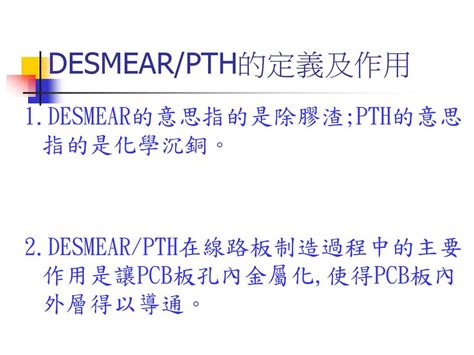
The Role of Automation in Modern PTH Assembly Processes
The integration of automation into PTH assembly processes has revolutionized the way pcb assembly is conducted, significantly enhancing both productivity and precision. With advancements in robotics and artificial intelligence, companies can now automate repetitive tasks that previously required considerable manual labor. This shift not only speeds up the production cycle but also minimizes human error, resulting in more reliable pcba quality. Automated systems can swiftly adapt to different production requirements, allowing for greater flexibility in manufacturing runs, whether they are small batches or large-scale production. Furthermore, automation facilitates real-time monitoring of the assembly line, promoting immediate adjustments that optimize workflow and resource allocation. Emerging technologies like machine learning also play a vital role by analyzing vast amounts of data generated during the assembly process to identify inefficiencies and predict maintenance needs before they escalate into costly downtimes. As a result, manufacturers can implement data-driven strategies that lead to enhanced efficiency and reduced operating costs while maintaining high standards in PTH assembly quality. The combined effects of these advancements position automation as a critical driver in the ongoing evolution of the PTH assembly landscape, paving the way for further innovations in this essential sector.
Impact of Emerging Technologies on PTH Assembly Practices
The impact of emerging technologies on PTH assembly practices is profound, reshaping how manufacturers approach pcb assembly processes. With the integration of advanced robotics, AI-driven automation, and data analytics, companies are optimizing their production lines to achieve unprecedented levels of efficiency and precision. The incorporation of these technologies facilitates real-time monitoring and adjustment, significantly reducing error rates in the pcba process. For instance, the use of machine learning algorithms can predict potential equipment failures before they occur, allowing for timely maintenance that minimizes downtime. Additionally, innovative techniques such as 3D printing and digital twin technology are paving the way for more flexible production capabilities, enabling manufacturers to customize their processes according to specific project needs quickly. This shift not only enhances productivity but also meets the growing demand for rapid prototyping and small batch productions, thus elevating the overall quality of PTH assembly outcomes in the competitive market landscape. The synergy between these emerging technologies and traditional methods underscores the necessity for continuous adaptation in manufacturing practices to remain relevant and successful in the evolving industry.

Case Studies: Successful Implementation of Innovative PTH Methods
The exploration of innovative PTH assembly methods has led to significant improvements in the pcb assembly processes within the electronics manufacturing sector. One prominent case study highlighted involves a leading company that adopted a novel automated soldering technique. This method not only enhanced precision during the placement of components but also minimized defects during the pcba production stages. The integration of automated systems allowed for a faster turnaround time while maintaining high-quality standards, showcasing a remarkable reduction in downtime and boosting operational efficiency.
In another instance, a small startup focused on flexible PTH assembly techniques that utilized advanced materials for component housing, which improved heat dissipation and durability. This innovative approach allowed for more robust product designs that can withstand extreme conditions, thereby appealing to markets requiring high reliability, such as aerospace and automotive. The successful implementation of these techniques demonstrates how investing in innovation can lead to substantial improvements in productivity and product quality.
These case studies exemplify how embracing advanced methodologies in PTH assembly can yield beneficial outcomes not only for companies but also for the broader industry landscape. As manufacturers continue to refine their approaches by integrating new technologies, it is clear that innovation will play a crucial role in shaping the future of pcb assembly practices.
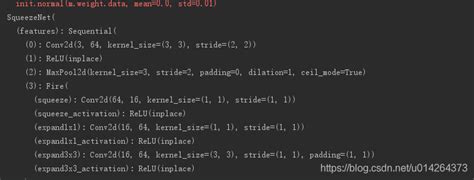
Future Trends in PTH Assembly: What to Expect Ahead
As the pcb assembly industry evolves, several emerging trends are poised to reshape the landscape of PTH assembly processes in the coming years. One significant trend is the increasing integration of automation, which streamlines operations and enhances productivity. This shift not only facilitates quicker turnaround times but also minimizes human error, leading to more reliable outcomes. Another focus is on the use of smart technologies and data analytics that provide insights into performance metrics, enabling manufacturers to make informed decisions that optimize efficiency. Furthermore, with sustainability becoming a priority, we can expect innovations aimed at reducing waste and enhancing energy efficiency during production. As manufacturers look for more agile and flexible pcba solutions, advancements in materials technology will also play a key role in enhancing the capability of PTH assembly processes. These trends highlight a move towards an increasingly interconnected manufacturing environment where adaptability and responsiveness will define success.
Conclusion: The Significance of Innovation in the PTH Assembly Landscape
In the ever-evolving world of PTH assembly, innovation serves as a critical driver of efficiency and quality within the pcb assembly sector. The emergence of new technologies and techniques has not only streamlined traditional methods but has also introduced enhancements that significantly improve overall product reliability. For instance, integrating automation into the pcba process allows for faster production times while reducing the potential for human error. This shift facilitates a more consistent output, which is crucial in meeting the increasing demands of today’s market. Furthermore, innovative PTH assembly techniques are redefining the benchmarks for what is achievable in terms of precision and durability in electronic components. As these advancements continue to evolve, companies are better positioned to adapt to customer needs and industry standards, ensuring a robust competitive edge. The importance of embracing these innovations cannot be understated, as they fundamentally shape the future landscape of pcb assembly, driving not just productivity but also fostering a culture of continuous improvement.
Conclusion: The Significance of Innovation in the PTH Assembly Landscape
In the ever-evolving field of PTH assembly, staying ahead through innovation is critical for manufacturers aiming to enhance productivity and maintain competitive advantages. Recent advancements in pcb assembly processes have introduced more efficient techniques that not only improve output but also ensure precision in the final product. As industries strive for improvements, the integration of automation within pcba operations has proven essential, reducing manual labor and minimizing errors. Moreover, emerging technologies such as Artificial Intelligence (AI) and machine learning are revolutionizing how data is analyzed in PTH assembly, yielding insights that optimize workflow and resource management. The impact of these innovations is profound, enabling companies to adapt swiftly to market changes while delivering high-quality products at lower costs. Therefore, it is evident that embracing innovative methods within the PTH assembly landscape will foster continued growth and sustainability in manufacturing practices. As we look forward, it is crucial to recognize that this journey of innovation does not merely halt at present advancements but rather sets the stage for future developments that will shape the industry’s trajectory.
FAQs
What is PTH assembly?
PTH assembly, or plated through-hole assembly, is a manufacturing process where electronic components are inserted into holes of printed circuit boards (PCBs) and soldered to make reliable electrical connections. This technique is particularly valued in durable applications, such as in industrial electronics.
How does automation impact PTH assembly?
Automation significantly enhances the efficiency and consistency of pcb assembly processes. By utilizing automated machinery for component placement, the risk of human error is greatly reduced, leading to a higher quality of the final product and faster production times.
What are the key innovations in PTH assembly techniques?
Recent innovations in pcba techniques include advanced soldering methods such as selective soldering and wave soldering, which improve joint fidelity. Additionally, new materials with better thermal properties are being employed, allowing for more robust designs that meet today’s demanding operational conditions.
How can emerging technologies shape future PTH assembly practices?
Emerging technologies, like artificial intelligence and machine learning, are poised to revolutionize pcb assembly practices by enabling smarter production lines. These technologies can analyze production data in real-time and suggest adjustments to maximize efficiency and reduce waste.

